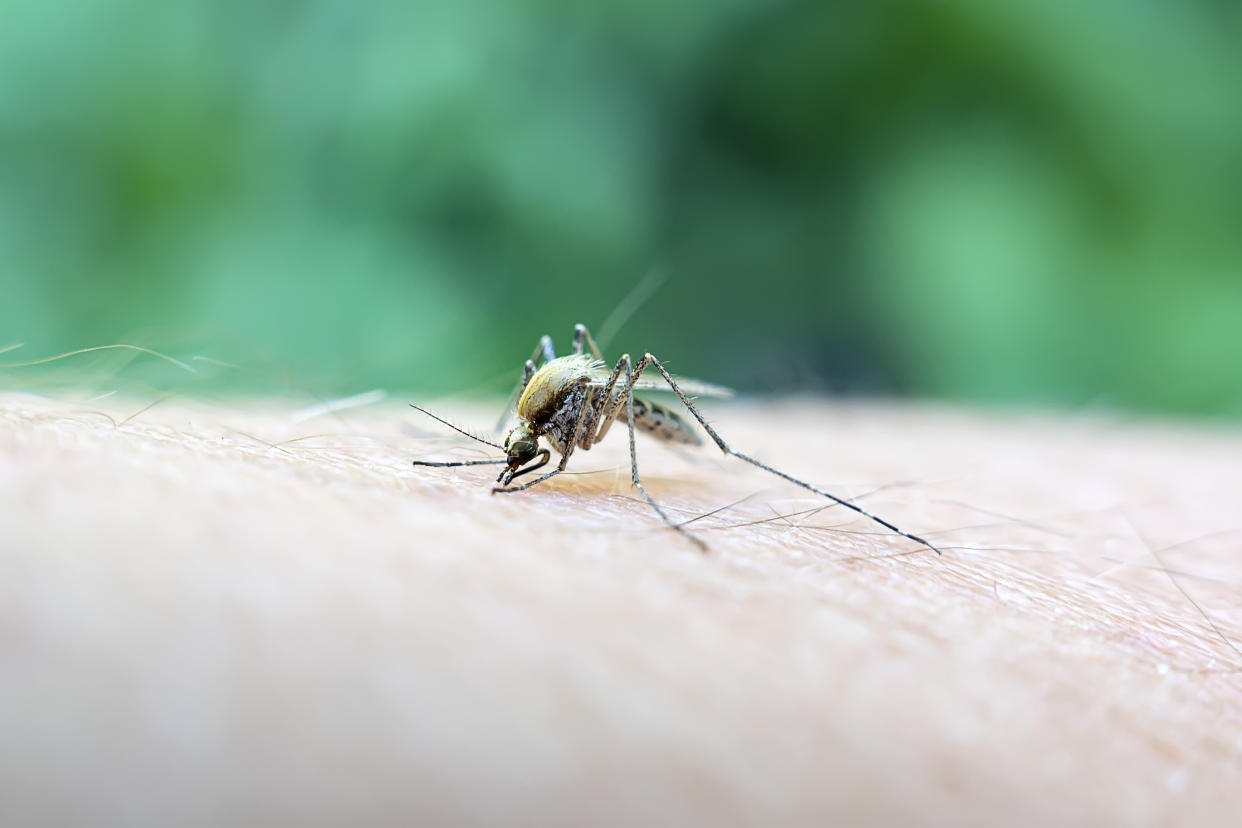Oropouche virus is spreading — and U.S. travelers have been affected. Here's what to know about the insect-borne disease that has caused 2 deaths.

Oropouche virus disease is on the rise and spreading outside its typical bounds. Now, two young women are dead from the virus, with a third death being investigated.
The Centers for Disease Control and Prevention issued an advisory on Aug. 16 warning people traveling to areas known to have the Oropouche virus to avoid getting bit by midges and mosquitoes.
Here’s what you need to know about the virus and how to keep yourself safe.
What is Oropouche virus?
Oropouche virus, which was named after the village in Trinidad where it was first identified in 1955, is a virus that causes symptoms like fever, headache, joint pain and rash. Less common symptoms include extreme light sensitivity, dizziness and eye pain.
The virus lives in animals like monkeys, birds, rodents and sloths, and is commonly spread to humans by infected midges (small flies) or mosquitoes. Outbreaks of the Oropouche virus primarily occur in tropical regions of South America, Central America and the Caribbean, with the most frequent cases reported in the Amazon region of Brazil and Peru.
Currently, there is no vaccine or medicine for the virus.
What's happening now?
Oropouche virus is showing up in new areas beyond its usual Amazon basin home. The Pan American Health Organization created an epidemiological alert urging for increased prevention, surveillance and diagnosis of the virus.
In 2024, Brazil saw a huge jump in cases, and for the first time, Bolivia and Cuba have reported infections. Additionally, travelers infected with the virus have been identified in Germany, Italy and Spain, though no local transmission has occurred in Europe.
Cases have also been reported in the United States, with 11 travel-related cases this year.
This spread is possibly due to climate change, which causes mosquitoes to lose their habitats, thereby pushing these insects to bite humans more often.
Has anyone died from this virus?
Oropouche virus is typically not fatal, and there were no deaths associated with the virus dating back to its first identification — until 2024, when two otherwise healthy young women in Brazil reportedly died after contracting the disease. A third death is currently being investigated.
Oropouche virus shares similarities with other mosquito-borne viruses like dengue fever, which can make it challenging to differentiate and treat effectively. It’s possible that there were more deaths related to Oropouche virus in the past that were misattributed to dengue fever.
How can we keep ourselves safe?
Recent data has shown it’s possible that Oropouche can lead to stillbirths and birth defects. On Aug. 16, the CDC recommended that pregnant people avoid non-essential travel to any areas with Oropouche virus outbreaks. This includes countries in South America and the Caribbean experiencing high rates of infection, such as Brazil, Bolivia, Peru, Colombia and Cuba.
If travel is unavoidable, pregnant people should take precautions to avoid insect bites — such as wearing repellant — and talk to their doctors about the risks, as well as monitor themselves for any symptoms.
The CDC recommends avoiding insect-borne illness by wearing insect repellent approved by the Environmental Protection Agency, wearing protective clothing and monitoring your household so that insects do not get inside. If you are spending time outdoors, avoid standing water and clutter (where bugs love to hang out). You can also cover children in strollers with nets to avoid contact.


